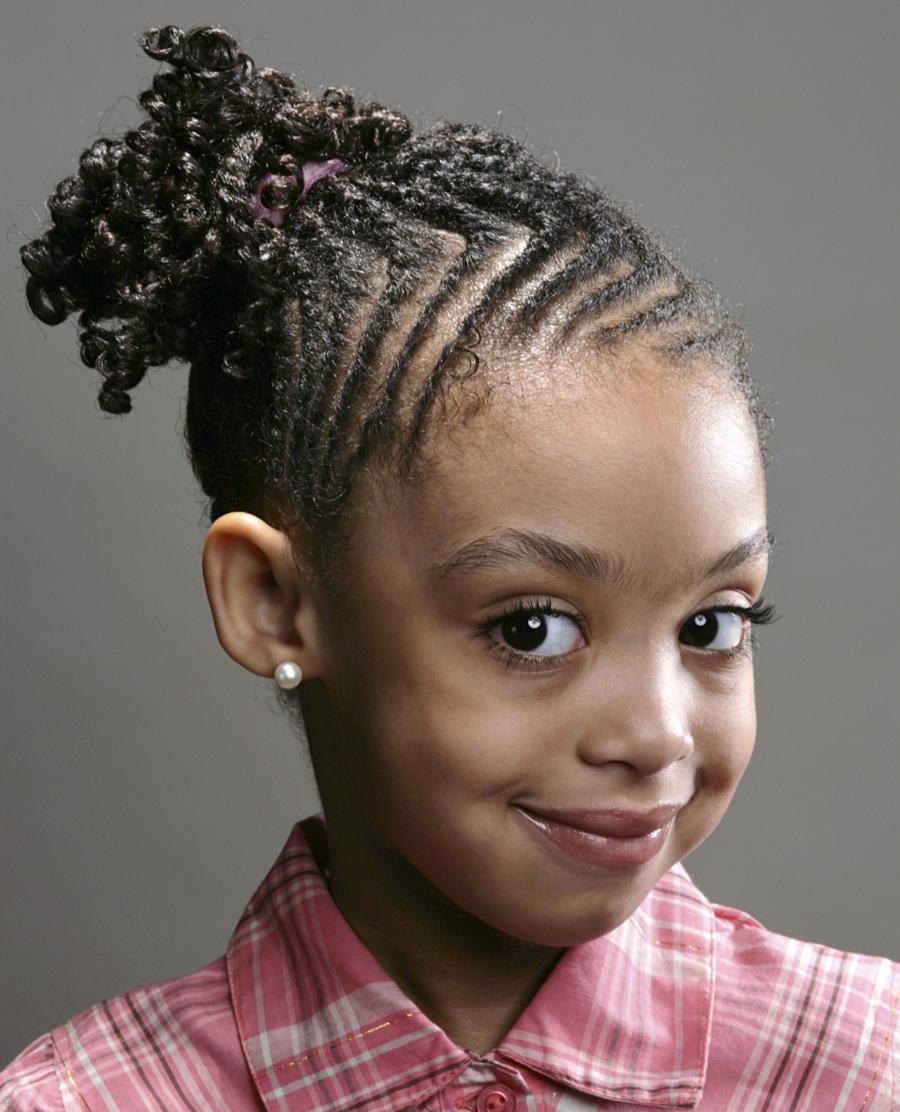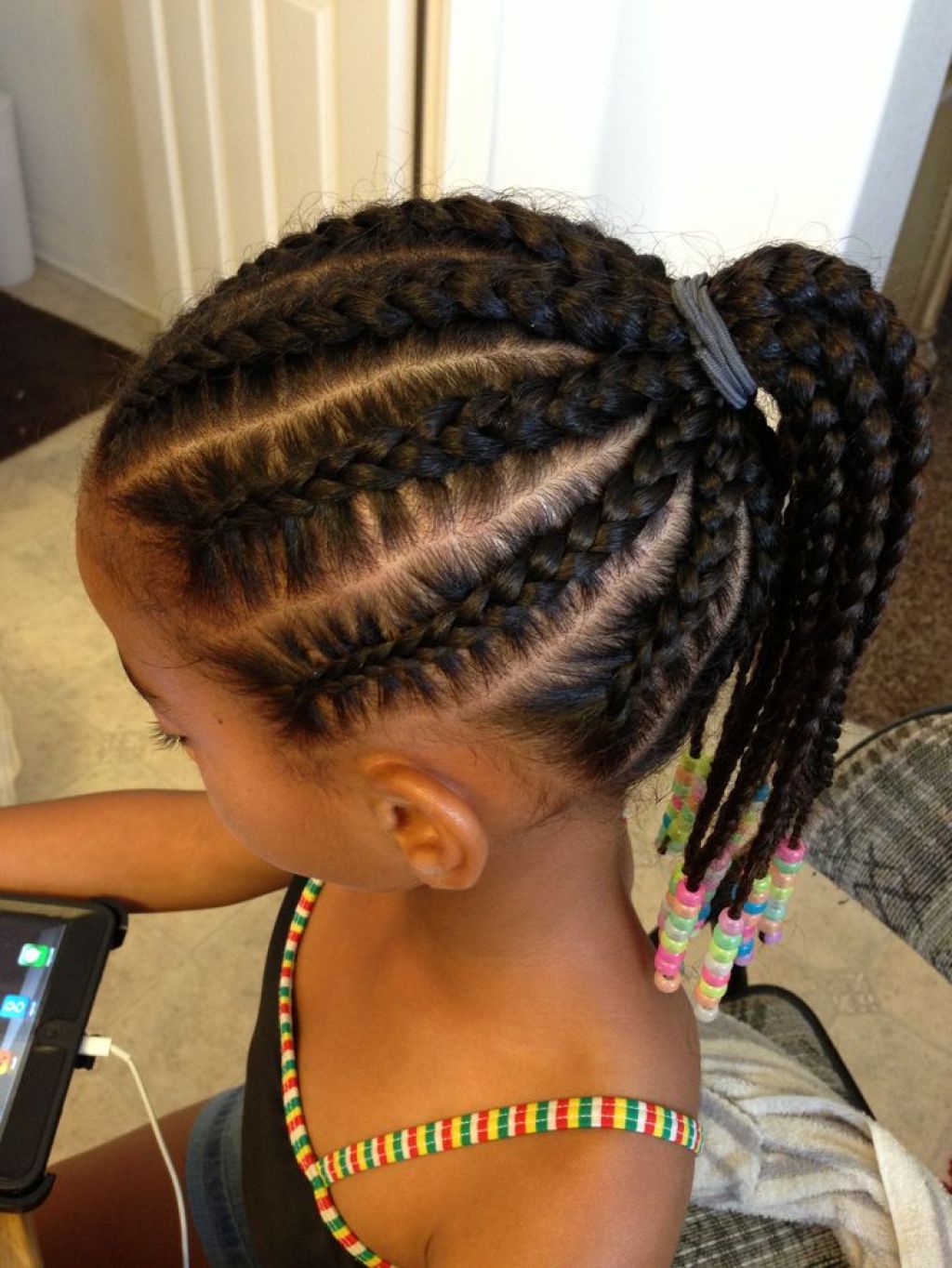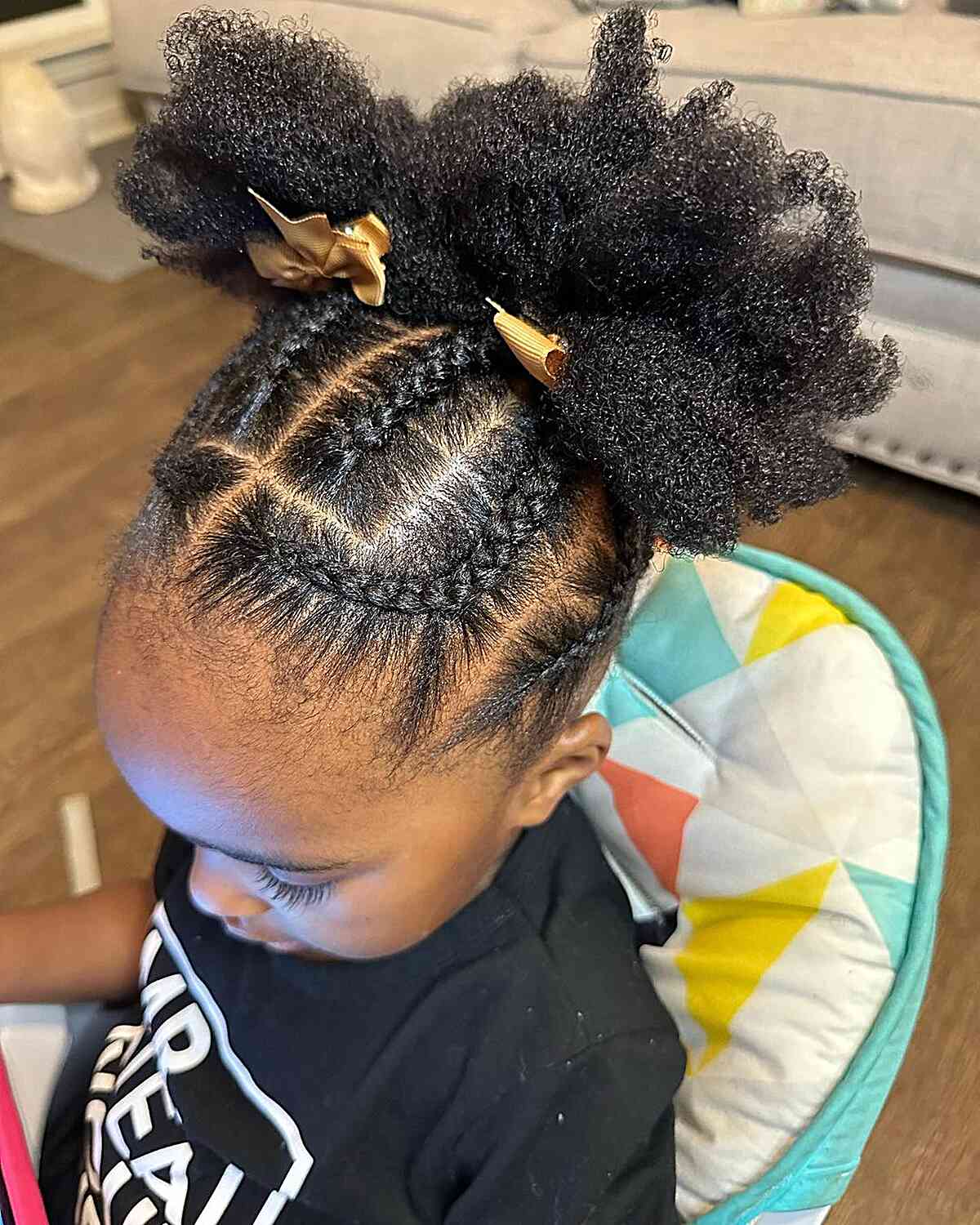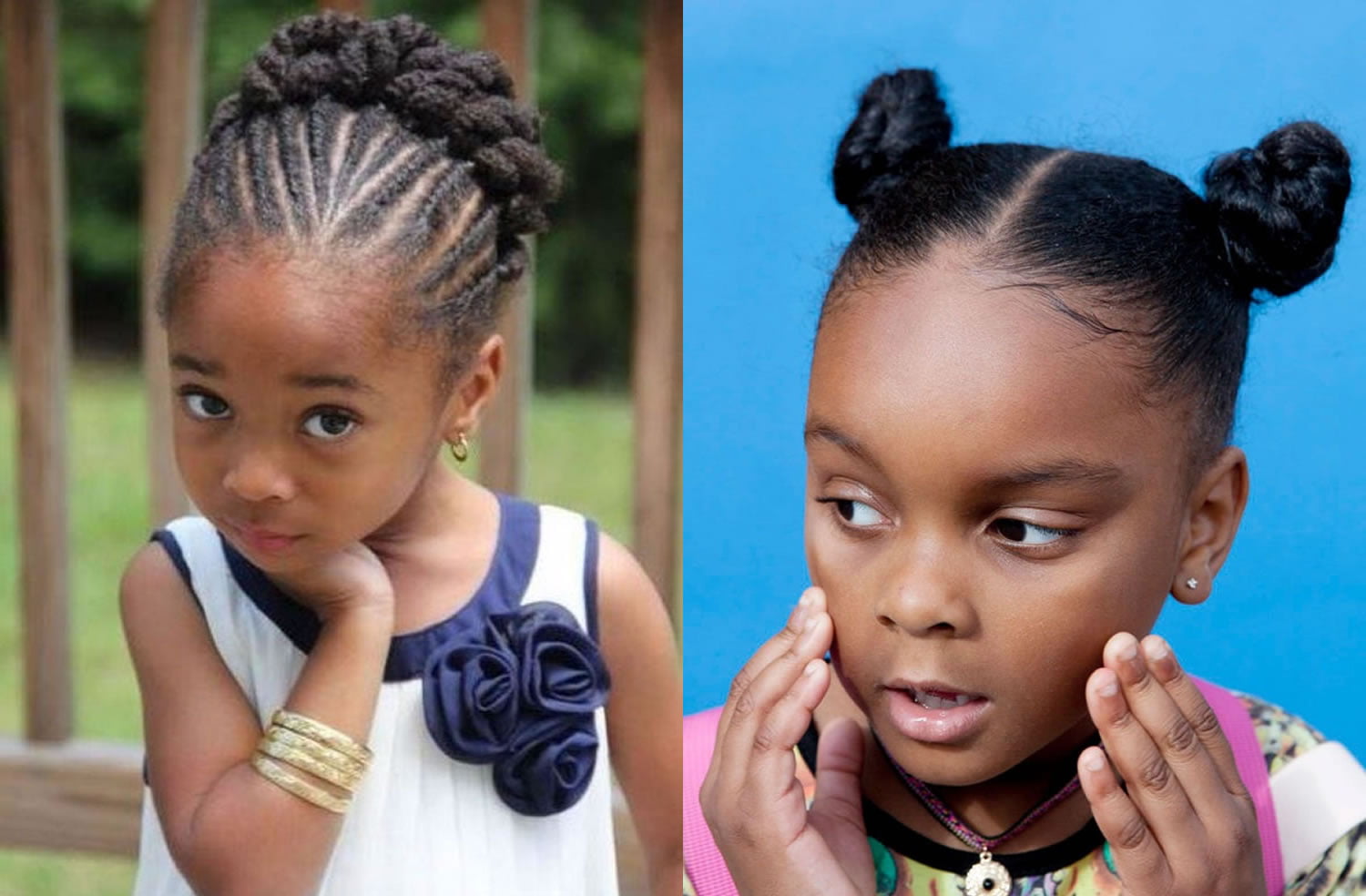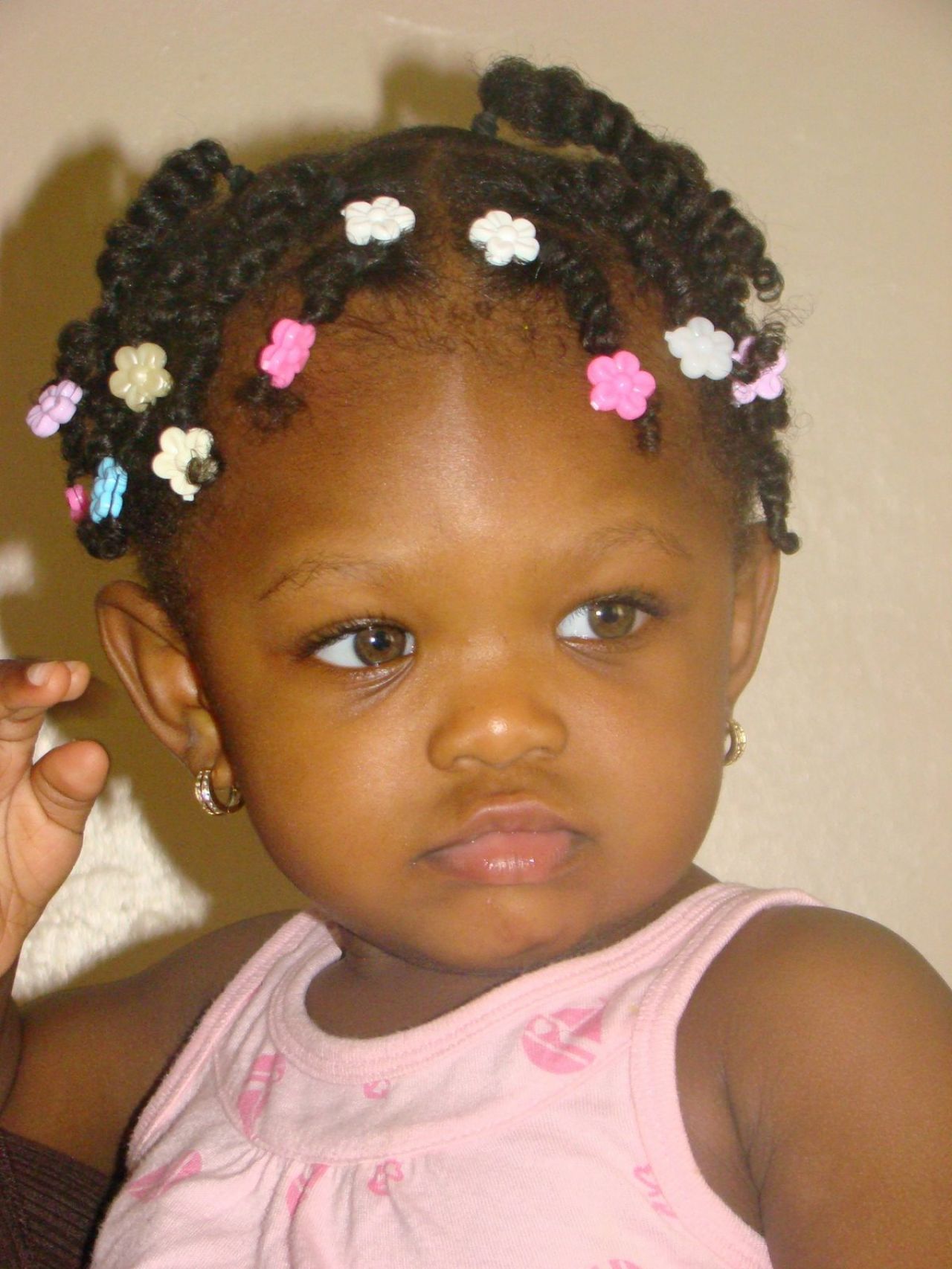
The journey of caring for and styling the hair of little Black girls is a profound act of love, cultural affirmation, and creative expression. From the intricate patterns of cornrows to the joyful bounce of a natural afro, each hairstyle tells a story of heritage, resilience, and beauty. For many Black families, hair care is not merely a routine; it is a cherished ritual, a bonding experience, and an opportunity to instill confidence and pride in their daughters from a young age. Understanding the unique needs of Black hair, embracing its versatility, and celebrating its inherent beauty are fundamental to fostering a positive self-image in little Black girls.
The Foundation: Nurturing Healthy Hair
Before diving into the myriad of stunning hairstyles, it’s crucial to establish a robust hair care regimen that prioritizes health and hydration. Black hair, with its unique curl patterns ranging from loose waves to tight coils, tends to be naturally drier than other hair types due to the way its structure prevents natural oils from easily traveling down the hair shaft. Therefore, moisture is paramount.
A healthy hair care routine for little Black girls typically involves:
- Gentle Cleansing: Opt for sulfate-free shampoos that cleanse without stripping natural oils. Co-washing (conditioning wash) can also be a great alternative between full washes to refresh hair without over-drying.
- Deep Conditioning: Regular deep conditioning treatments (weekly or bi-weekly) are essential to replenish moisture, strengthen strands, and improve elasticity. Look for products rich in natural oils like shea butter, coconut oil, and argan oil.
- Moisturizing and Sealing: The "LOC" method (Liquid, Oil, Cream) or "LCO" method (Liquid, Cream, Oil) is highly effective. Start with a water-based leave-in conditioner (liquid), follow with a natural oil (oil) to seal in the moisture, and finish with a cream (like a styling butter or curl cream) for added hydration and definition.
- Gentle Detangling: Always detangle hair when it’s damp and saturated with conditioner or a detangling spray. Use a wide-tooth comb or, ideally, your fingers, starting from the ends and working your way up to the roots. Patience is key to prevent breakage and tears.
- Protective Styling: This is the cornerstone of healthy hair growth for Black hair. Protective styles minimize manipulation, reduce breakage, and lock in moisture, allowing the hair to thrive.
A Kaleidoscope of Styles: Popular & Practical Choices
The versatility of Black hair allows for an astonishing array of hairstyles, each offering different benefits in terms of protection, longevity, and aesthetic appeal.
1. Braids: The Quintessential Protective Style
Braids are perhaps the most iconic and widely used protective style for little Black girls, celebrated for their longevity, neatness, and endless styling possibilities.
- Box Braids: Individual braids, often sectioned into squares, offer immense versatility. They can be thick or thin, long or short, and styled into ponytails, buns, or left loose. They are excellent for retaining length and can last for several weeks with proper care.
- Cornrows: These braids lie flat against the scalp, creating intricate patterns. Cornrows can be simple straight-backs, elaborate designs, or serve as a foundation for sew-ins or crochet braids (though less common for very young children). They are neat, practical for school and play, and keep hair neatly tucked away.
- Knotless Braids: A newer, popular variation of box braids where the extensions are fed in gradually, reducing tension on the scalp and creating a more natural, seamless look at the root. This is often preferred for children with sensitive scalps.
- Feed-in Braids: Similar to knotless, these involve adding small pieces of braiding hair to the natural hair as you braid, creating a very natural, smooth transition from the scalp.
- French Braids/Dutch Braids: While not exclusively for Black hair, these classic styles are easily adapted, often incorporated into more complex braided updos or used as simple, elegant everyday styles.
2. Twists: Softness and Definition
Twists offer a softer alternative to braids, often resulting in beautiful, defined curls when taken down.
- Two-Strand Twists: Simple to create, these involve twisting two sections of hair around each other. They are excellent for retaining moisture and can be worn as a style or taken down to reveal a "twist-out" – a voluminous, defined curly look.
- Flat Twists: Similar to cornrows but using the twisting technique, flat twists lie flat against the scalp. They are quicker to install than cornrows and offer a softer, more flexible look.
- Bantu Knots: Created by sectioning hair and twisting it into small, coiled knots that resemble snail shells. Bantu knots are a style in themselves, but when unraveled, they produce beautiful, heatless spiral curls.
3. Puffs & Afros: Embracing Natural Volume
Sometimes, the simplest styles are the most impactful, celebrating the natural texture and volume of Black hair.
- Puffs: A classic and quick style, puffs involve gathering hair into one or more ponytails, allowing the natural texture to flourish. High puffs, low puffs, or multiple puffs (e.g., two puffs on either side) are adorable and practical for everyday wear.
- Afro: Allowing the hair to grow and be worn freely in its natural, unconstrained state is a powerful statement of self-acceptance and pride. A well-moisturized afro is soft, voluminous, and beautiful.
4. Buns & Updos: Elegant and Functional
For special occasions or simply to keep hair neatly out of the way, buns and updos are versatile choices.
- Braided Buns: Incorporating cornrows or individual braids into a bun creates a sophisticated and secure updo.
- High Buns/Low Buns: Simple buns can be dressed up with accessories or kept sleek for a polished look.
- Pineapple: A loose, high puff worn at the very top of the head, often secured with a satin scrunchie. This is an excellent protective style for sleeping, helping to preserve curls and prevent frizz.
5. Locs: A Journey of Commitment and Culture
While a long-term commitment, locs (dreadlocks) are a beautiful and low-maintenance option once established. For little girls, starter locs or sisterlocks can be a wonderful way to embrace a deeply rooted cultural style that requires minimal daily manipulation. They are a testament to patience and a celebration of natural hair’s ability to lock and mature.
Beyond the Style: Cultural Significance and Identity
The hairstyles of little Black girls are more than just aesthetic choices; they are deeply intertwined with cultural identity, heritage, and self-esteem. For generations, Black hair has been a canvas for artistic expression, a symbol of resilience, and a connector to ancestral traditions.
- A Source of Pride: When parents lovingly style their daughters’ hair, they are not just creating a look; they are fostering a sense of pride in their unique heritage. Teaching a child to appreciate their natural hair texture and the versatility it offers helps build a strong foundation of self-love and confidence.
- Passing Down Traditions: Many braiding and twisting techniques have been passed down through generations, connecting children to their family history and broader African diaspora. Hair styling sessions often become intimate bonding moments, where stories are shared, and cultural values are implicitly taught.
- Challenging Narratives: In a world that often imposes Eurocentric beauty standards, embracing and celebrating Black hair in all its forms is a powerful act of resistance. It teaches little Black girls that their natural beauty is valid, beautiful, and worthy of celebration, helping them navigate societal pressures with confidence.
Tips for Parents and Guardians
Caring for the hairstyles of little Black girls can be a rewarding experience, but it also comes with its unique set of considerations.
- Patience and Positive Reinforcement: Hair care can be time-consuming. Make it a positive experience by playing music, watching a movie, or telling stories. Praise your child for their patience and cooperation.
- Involve Your Child: As they get older, let your child have a say in their hairstyles or choose their accessories. This fosters a sense of ownership and excitement.
- Nighttime Routine: Invest in a satin bonnet or pillowcase. Satin reduces friction, preventing frizz, breakage, and moisture loss while your child sleeps.
- Product Selection: Opt for products specifically designed for children’s hair or those with natural, nourishing ingredients. Avoid harsh chemicals, sulfates, and parabens.
- Listen to Your Child: If a style is too tight or uncomfortable, loosen it immediately. Scalp tenderness is common, but pain is not.
- Don’t Over-manipulate: While protective styles are great, constant re-braiding or styling can lead to breakage. Give the hair breaks between styles to rest and breathe.
- Professional Help: Don’t hesitate to seek out a professional stylist experienced with Black hair, especially for complex styles or if you’re unsure about proper care techniques.
Addressing Common Challenges
- Tangles and Knots: Prevention is key. Keep hair moisturized and use protective styles. When detangling, always be gentle, use ample conditioner, and work in small sections.
- Time Commitment: Styling Black hair can be time-consuming. Plan ahead, especially for wash days or intricate styles. Simpler styles like puffs or two-strand twists are great for busy weeks.
- Sensitivity: Some children have very sensitive scalps. Ensure braids or twists are not too tight. Use gentle products and techniques.
- Product Overload: Resist the urge to use too many products. Stick to a few high-quality, effective products that work for your child’s hair type.
In conclusion, the world of hairstyles for little Black girls is a vibrant tapestry woven with threads of culture, care, and creativity. Each braid, twist, and puff is an opportunity to celebrate natural beauty, instill confidence, and connect with a rich heritage. By prioritizing hair health, embracing versatile styling options, and fostering a positive relationship with their hair, parents and guardians empower their daughters to wear their crowns with pride, knowing that their hair is not just a part of them, but a beautiful expression of who they are.

